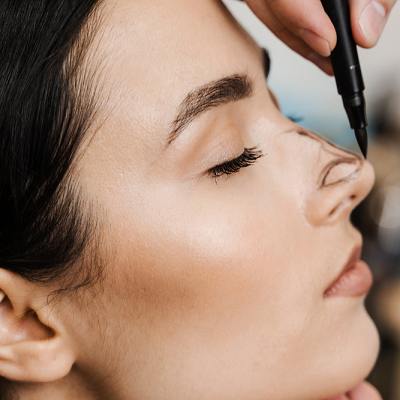Rhinoplasty is a transformative procedure that can significantly improve the appearance and function of your nose. However, understanding the healing process is crucial to ensure a smooth recovery and the best possible results.
If you’re preparing for rhinoplasty in riyadh (عملية تجميل الأنف في الرياض) or recently had surgery, this guide will walk you through the typical healing timeline and share essential recovery tips.
The Rhinoplasty Healing Timeline: What to Expect
First Week: Initial Recovery
- Swelling and bruising: The most noticeable swelling and bruising occur during the first 3-5 days, especially around the eyes and nose.
- Nasal splints and packing: Surgeons often place a splint on the nose and sometimes internal packing to support healing and reduce bleeding.
- Discomfort: Mild to moderate pain or pressure is common but manageable with prescribed medication.
- Activity: Rest is critical; avoid bending, heavy lifting, or strenuous activity.
- Follow-up visit: Usually scheduled around day 7 to remove splints and check healing.
Weeks 2–4: Reducing Swelling and Returning to Normal Activity
- Bruising fades: Most bruising disappears within two weeks.
- Swelling lessens: Noticeable swelling decreases but may still be present, especially at the nasal tip.
- Return to work/social life: Many patients feel comfortable resuming daily activities and work after 2 weeks, avoiding high-impact sports.
- Avoid nasal trauma: Be cautious with glasses, sunglasses, or anything that might press on the nose.
Months 2–6: Continued Refinement
- Swelling continues to subside: Subtle swelling persists but gradually resolves, revealing a more defined nose.
- Nasal tip healing: The tip often takes longer to refine due to cartilage healing.
- Normal sensation returns: Some numbness or stiffness gradually improves.
6–12 Months: Final Results
- Final nose shape: The nose fully settles into its new shape.
- Scar maturation: Any incisions, especially with open rhinoplasty, fade and soften.
- Complete healing: Most swelling and sensitivity resolve completely.
Essential Rhinoplasty Recovery Tips
1. Follow Your Surgeon’s Instructions Strictly
- Take all medications as prescribed.
- Attend all scheduled follow-ups.
2. Keep Your Head Elevated
- Sleep with your head elevated on pillows for at least the first two weeks to reduce swelling.
3. Avoid Blowing Your Nose
- Refrain from blowing your nose for at least 2–3 weeks to prevent disrupting healing tissues.
4. Protect Your Nose
- Avoid wearing glasses that rest on the bridge until cleared by your surgeon.
- Stay out of direct sunlight and use sunscreen to protect healing skin.
5. Eat a Healthy Diet and Stay Hydrated
- Proper nutrition supports tissue repair and overall recovery.
6. Be Patient
- Swelling and final shape take time; avoid rushing to judge results too soon.
When to Contact Your Surgeon
- Excessive bleeding or severe pain
- Signs of infection: fever, unusual redness, discharge
- Breathing difficulties or sudden changes in nasal function
- Concerns about asymmetry or other issues
Final Thoughts
Healing after rhinoplasty is a gradual process that requires patience and proper care. Understanding what to expect at each stage helps you stay comfortable and confident on your journey to a beautifully reshaped nose.
If you have questions about your recovery or want personalized tips, I’m here to help!





Comments